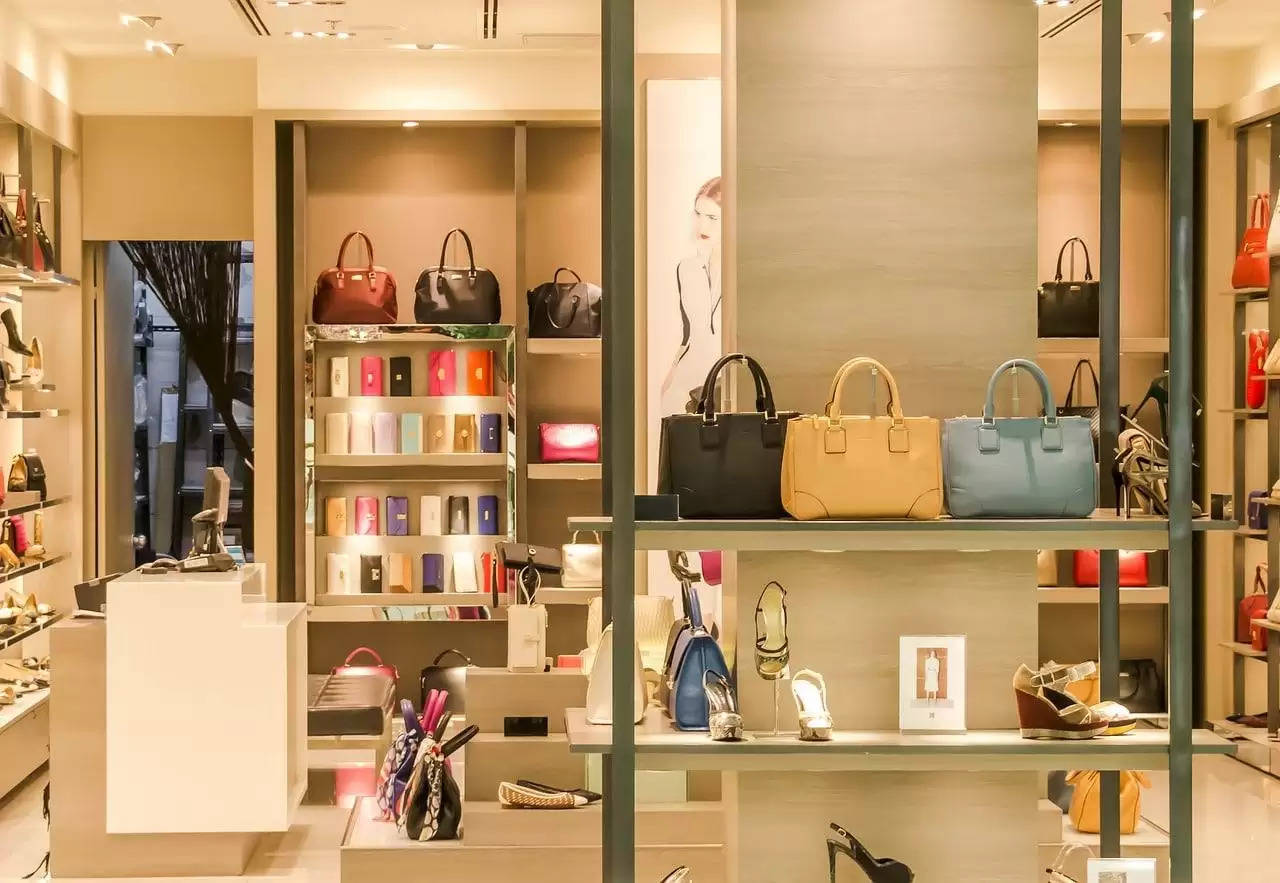The Future of Luxury Marketing: 6 Trends to Stay Ahead

The word luxury is originated from the old French word luxurie meaning “succession, ebullient growth; surplus, profligacy, and misspending.” Luxury constitutes an important part of human life in society. Since the evolution of humanity, there have been amazing articles and symbols, a thriftless way of living and expanding central power, lavish societies confined to the prime groups.
The objects and symbols popular in these leading groups mark the origin of luxury. Digitalization and online sales are ruling the market these days, which is turning out to be decent growth for the luxury industry.
This has helped the customers to search for endless luxury brands and their alternatives. On the online platform, luxury brands must use some way by which they can gain and boost customer loyalty, apart from giving exciting offers.
Only those leading luxury brands will succeed in the future who will be able to adapt themselves in response to changing concepts of new generation expectations and luxury without diminishing their moral philosophy.
Here in this article, we highlight 6 key luxury trends for your never-ending luxury business:
New Avenues of Relevance
There is no assurance that the well-established luxury brands will remain popular today also. They need to rebuild and upgrade themselves from time to time to meet the taste and expectations of the modern consumer. It does not mean that they cannot get rooted in their past status, but they need to think something out of the box that could offer attract the new generation.
They should not only be flaunting about the brand history, but the storytelling should be about observing customer’s admiration too.
Customers are not only attracted by the product or services provided, but by the entire system that created it- the suppliers luxury brand choose to do business with, the manufacturers, and all those companies supported by that luxury brand and the difference the luxury brand could make to the society.
Driving a Culture of Inclusivity
In the past, we saw few luxury brands launching items that could be accessible to people who might otherwise be excluded. However, most of them were only superficial. But in the future, we can expect luxury brands to invest more sincerely in inclusivity.
Apart from its big glossy promotion, the luxury brands in their business will implant inclusivity fully. In terms of its projects, luxury companies will come under a growing scrutiny. They will become more vocal about their inclusivity efforts, perhaps by hiring chief diversity officers, and casting models from varied backgrounds.
The devil is in the details and the data
Luxury businesses started more sincerely to borrow the customer’s data but hacking and leaking of data raised the question of customers’ privacy. In keeping view of this, two acts, such as California’s Consumer Privacy Act (CCPA) and European Union’s General Data Protection Regulation (GDPR), were sanctioned in 2020 to force the luxury business to think deeply and wisely about their privacy when managing their customers’ data.
This shows that if wealthy customers value their privacy, they also want customized knowledge. Luxury brands will purchase more evident data to offer more personalized commitment. From all digital and physical channels, luxury brands will draw the data associated with all customers beyond their data segregation.
This will help the customers to become more conscious about how their data is being collected and used, demanding more clarity from the brands gathering their information.
Unboxing is the new storefront
To deliver the best quality of experiences to luxury e-commerce, packaging plays a vital role. As the trend of online shopping is growing rapidly, creating a beautiful, catchy packaging that will keep the product safe too without wasting more resources is a new challenge for these luxury brands.
Hence, luxury brands must maintain the right balance between long-lasting goals and sustainable premium packaging materials. We can see how these luxury brands are advertising about their new packaging, which the customers can keep it safe for reusing too.
Collaborations become mainstream
Today, it is common to see luxury brands collaborating with unexpected partners. Collaborations are not a novelty, but still not saturated. Luxury conglomerates have invested heavily in collaborations to increase their customer’s popularity and to expand their business internationally.
With the help of this, luxury brands will use new technologies such as smart objects, sensors, facial recognition for delivering real-time, personalized experiences.
This will attract a greater number of customers, make their brand more popular, save money, and ultimately will create something magical by broadening their skills. In the age of sharing, collaboration is the key to the luxury Industry.
Next generation social media platforms and brand communities
Customers will continue to seek the replacement to popular social media platforms and communities. Perhaps, a few social platforms will continue to remain more popular amongst the younger generation, however by and large the consumer may be open to embracing more ‘close-knit’ and private networks that help peer-to-peer connections and foster meaningful discussions.
For reaching the customers, as a modern-day marketing approach, luxury brands have shifted communication to social media. With the help of the feedback and reviews page present on every website, brands have adjusted to a vocal customer on online platforms that have progressively facilitated for online brand communities.
This helps to engage the audience in interactive settings that help them to review other individual shopping experiences and to make the right choice for them. Hence, brand awareness increases and the brand-customer relationships become stronger.
.jpg)